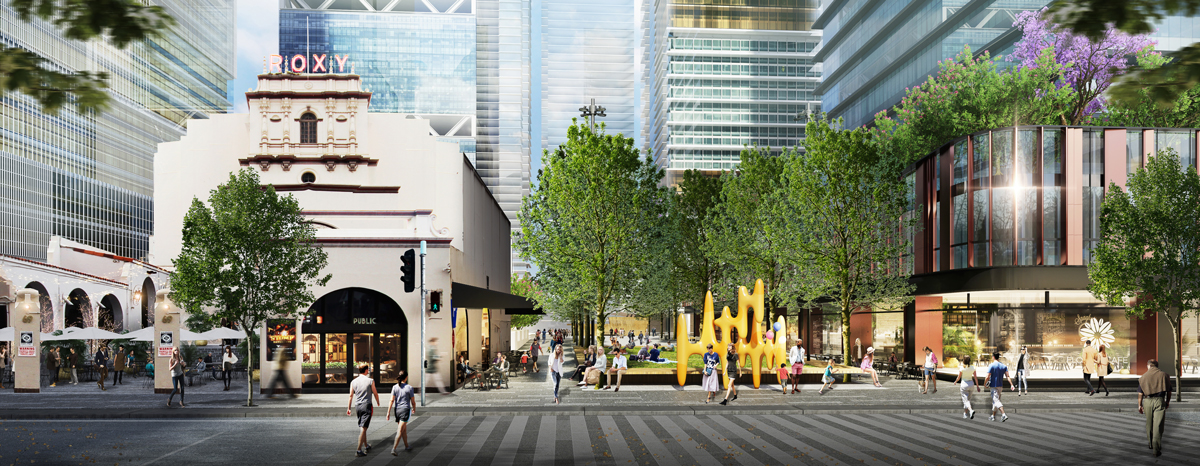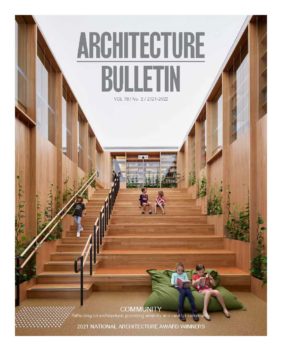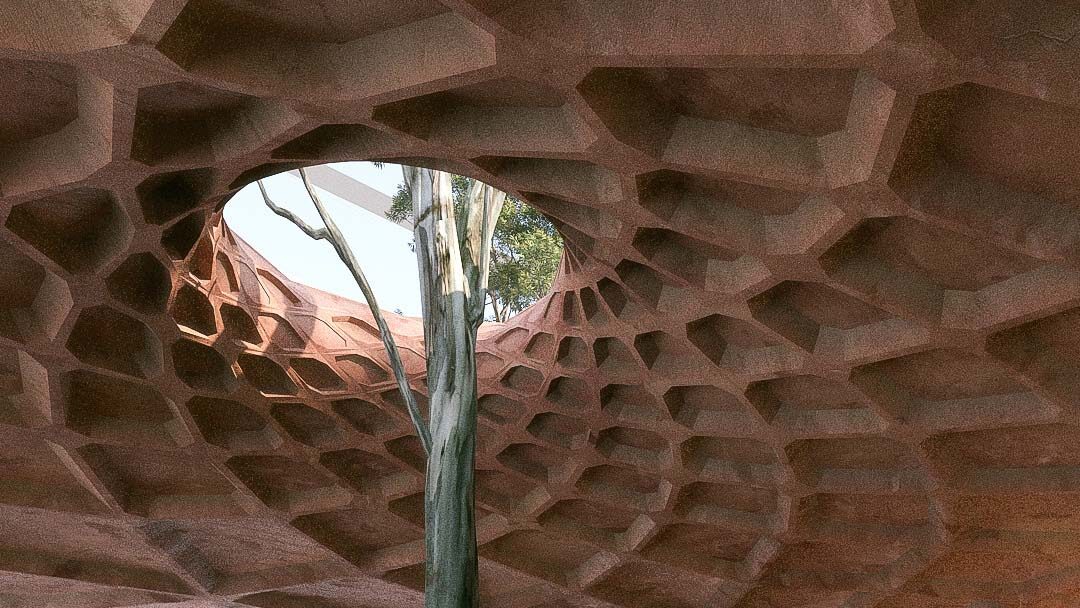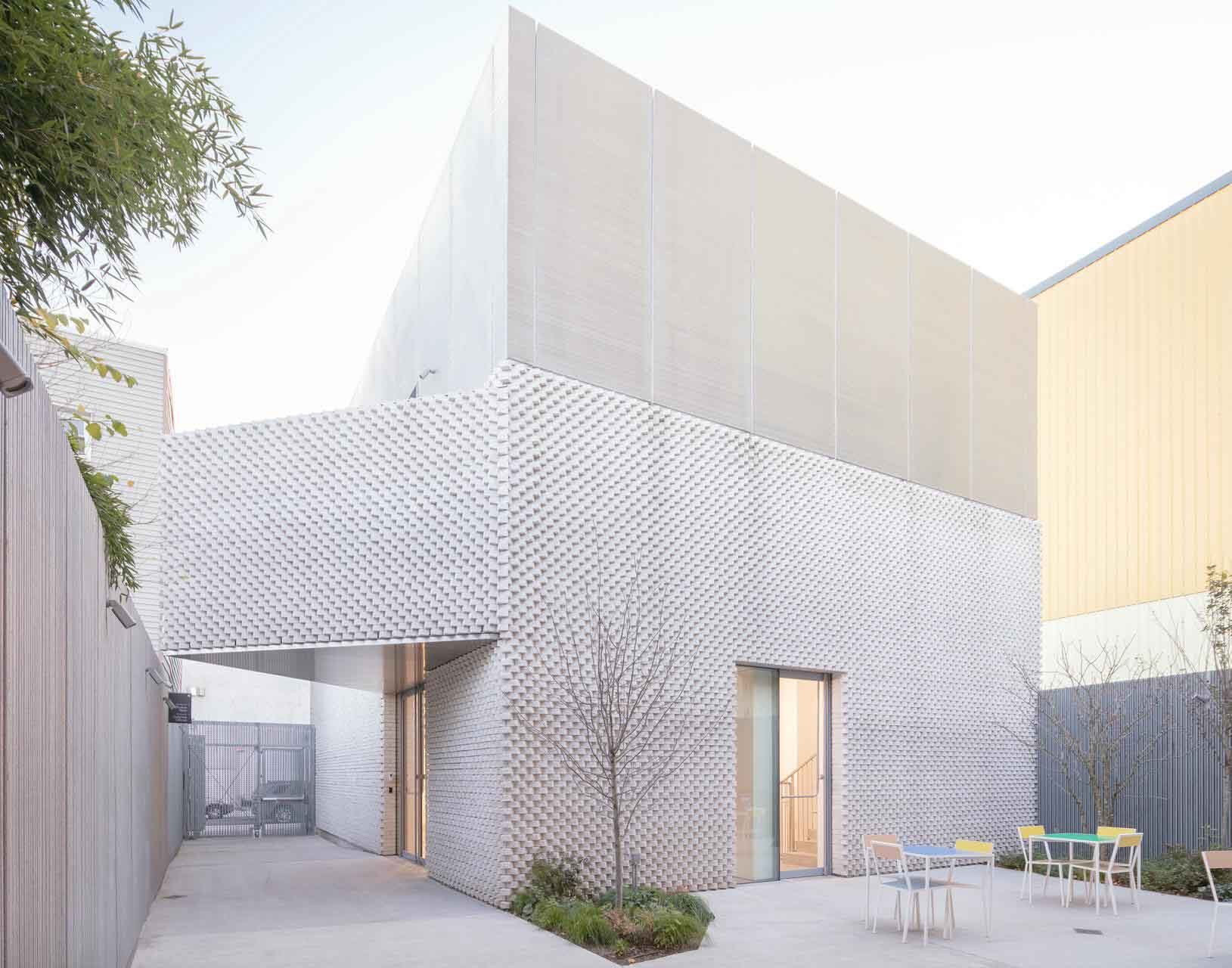
While 22.5% of the work architects do is for the government, only a small percentage of the industry work within government itself (AACA: Industry Profile, 2018). For those of us working in architecture and other built environment professions within the government, it can feel like you’re an alien in a foreign land. More often than not, you are one of few designers in your workplace, and, perhaps more significantly, a minority within your profession.
Government has always had a place for design professionals. For more than 200 years, the NSW Government Architect has had a continuous presence – playing a key stewardship role in the planning, design and delivery of public works and policy across a range of agencies. Council-based city architects (and similar) have had comparable roles in the local context – overseeing much of the public domain and urban design of our towns and cities.
Over time, as the value of the government’s role in designing its own buildings has been contested, and several agencies and organisations have shifted their delivery models, the number of designers in traditional design roles in government has reduced. But rather than remove designers from the government context, this has led to a proliferation of allied design roles. In both state and local government we have seen the emergence of designers filling roles that may have once been the domain of project and property managers, urban planners and policy writers. This is perhaps more noticeable at the local government level, where in many cases design professionals on staff have grown from a single landscape architect or heritage architect to more contemporary models. These models include broader remits and more diverse functions including urban design, design management, design strategy and policy guidance (to name a few).
The continuing diversification of roles for designers in government has resulted in a broad spread of design professionals working across different departments and divisions, which can often mean there is only one designer in the room. In some ways this makes the sole designer’s role more important, giving them the agency to apply design thinking in situations where it’s a second language at best. But, it can also be challenging to work in environments without a design background or culture, requiring personal resilience, strong advocacy and communication skills to explain design to non-designers.
In an attempt to further support the diverse community of designers in both state and local government, Callantha Brigham initiated the group Designers in Government (DiG). DiG seeks to create a community, harness the insight and experience of a broad section of design professionals working across government, and raise the profile of design and designers in a government setting. DiG meets online (so far) once a month and informally discusses one or two topics relevant to its members. Membership to date has been by invitation, relying on existing relationships and connections, but there are hopes to broaden the reach as well as the types of activities (eg in-person events and site visits, as restrictions ease).
DiG brings together architects, strategic planners, policy authors, landscape architects, urban designers and more from state and local government. Some are government ‘lifers’, others have moved between the private sector and government roles. The members share common reasons for working in government and experience similar challenges and rewards – using words like legacy, giving-back, honour and public service to describe this sometimes odd calling.
With the growing recognition of the importance of quality design outcomes in connection with significant contemporary issues such as housing equity, connecting with Country and climate change, government has an instrumental role to play in advocating, shaping and delivering good design. Positively, we are now seeing a push for greater collaboration within government, better partnerships with external stakeholders and more meaningful engagement with the community. There is a new focus on developing place-based outcomes that speak to local needs and character and delivering new and upgraded public spaces, which local communities rely on now more than ever.
[At the time of writing] The emerging Design and Place SEPP (State Environmental Planning Policy), which aims to embed state-wide design principles into planning processes is perhaps the government’s most significant action reinforcing its good-design agenda. The introduction of the SEPP will trigger the need for more design professionals in both state and local government to both demonstrate and review quality design outcomes.
Designers in government individually contribute to achieving a common vision and goal of government, which is to promote and deliver good design. With the impacts of the pandemic fundamentally shifting the way we work, live, recreate and communicate, there is no better time for a community of designers to come together to share their experiences, expertise and passion for design.
Kate Rintoul and Alice Stroemstedt are members of DiG. The views and opinions expressed in this article are those of the authors and do not necessarily reflect the position of government.




